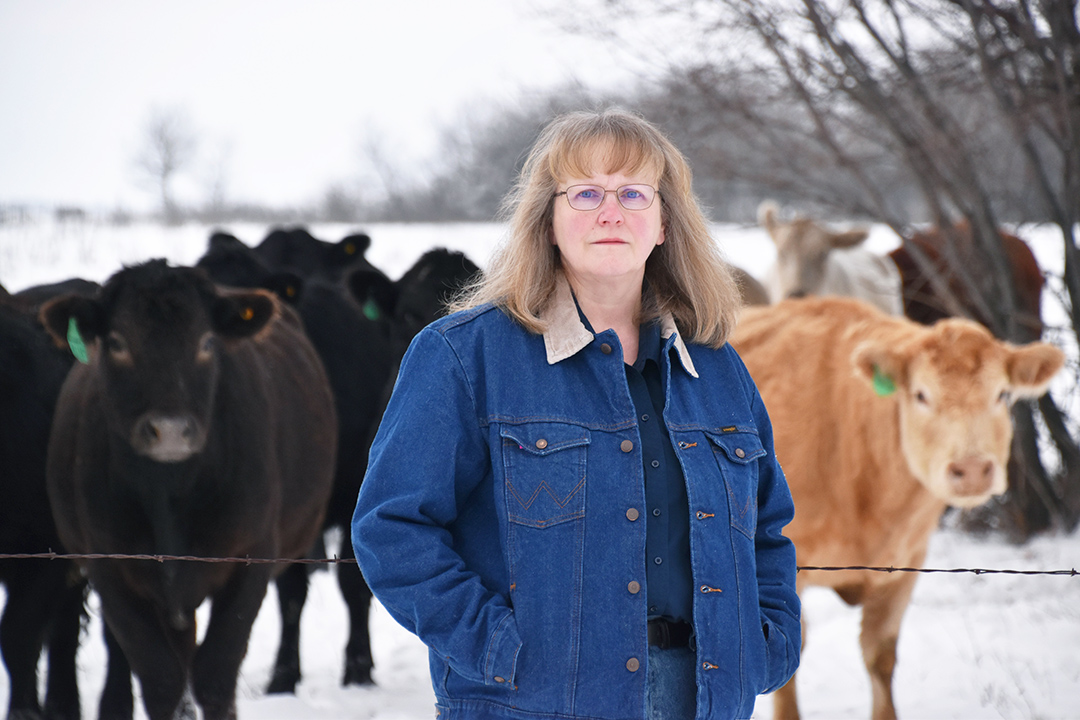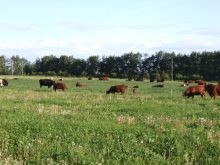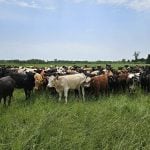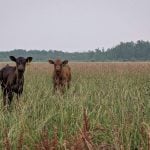Dr. Cheryl Waldner is leading a $2.35 million research program to improve the health and productivity of beef cattle, while also limiting antimicrobial resistance. Waldner is veterinary researcher with the Western College of Veterinary Medicine at the University of Saskatchewan in Saskatoon, Sask.
Over the next five years, Waldner will lead a major research program that will build on the university’s strengths in livestock and One Health research to advance the beef industry’s contributions to the country, Dr. Doug Freeman, dean of the Western College of Veterinary Medicine, told attendees of the Sask Beef Industry Conference in Saskatoon, Sask. The research will also ensure continued consumer confidence in quality and safety of Canadian beef, he added. Freeman also noted that the research addresses priorities identified by members of the Beef Cattle Research Council (BCRC).
Read Also

Body condition, nutrition and vaccination for brood cows
One of the remarkable events of the past century related to ranching has been the genetic evolution of brood cows….
One Health is a collaborative approach to managing disease issues that affect both humans and animals used by governments and organizations such as the World Health Organization.
Tackling BRD, Johne’s disease
Waldner told reporters that the project will provide tools to veterinarians and producers to better treat production-limiting diseases and manage antimicrobial resistance. One of the first diseases on their list is bovine respiratory disease (BRD), she said.
“If we can diagnose this condition faster, if we can provide more evidence-based recommendations for antimicrobial use, we will save the industry a significant amount of money. We will also protect antimicrobials and reduce the development of antimicrobial resistance,” said Waldner.
Researchers aim to develop practical, quick tests that can be used in the field. Currently, testing for BRD requires shipment of samples to a lab, and takes five to seven days for results. Waldner said they’re looking at ways to reduce that wait time to a matter of hours and allow for testing within vet clinics.
“It’s going to make a big difference in how we’re able to address disease,” she said.
Johne’s disease, which Waldner said is “an emerging problem for the beef industry,” is also a priority for the program. Rapid consolidation in the cow-calf industry puts producers at risk of introducing the disease into their herds, and Waldner said they “need to get ahead of this disease before it becomes a problem.”
The program includes $750,000 of funding from the federal Natural Sciences and Engineering Research Council, $750,000 in producer check-off funding from the BCRC and $850,000 from the University of Saskatchewan.

“We’re pleased to see Dr. Waldner in this position,” said Ryan Beierbach, BCRC chair and beef producer, during the announcement. Beierbach noted that Waldner is well-known among both researchers and beef producers for her previous research on everything from Johne’s disease to reproductive issues.
“She’s been involved in everything, from the calf right up to the finished animal, and has got a lot of experience in all those sectors. So I have a lot of confidence that she’ll be able to help our industry right through from the cow-calf to the feedlot and on.”
Beierbach told reporters that he sees economics as the biggest challenge to beef producers, and they need as many tools as they can get to remain profitable.
“And we also need to make sure that we’re competitive in the world market. So if we can get a leg up by having research that helps make better decisions on when to use antimicrobials, that makes it so we can compete with producers in the United States and Australia, and make sure our beef is safer than the rest. And make sure that we produce at a level where we can still make some money and stay in business.”
Informing policy
“We’re seeing increased concern from the public on things like antimicrobial resistance, and with that comes increased oversight from regulators,” said Beierbach. “So having information to help guide those regulations and make sure that they’re not overly burdensome and actually do what they’re supposed to do is really important.”
“We need data for the industry on anti-microbial use and resistance to inform good policy. We need good tools to use that data to inform policy,” said Waldner.
Waldner said some of the work will be done on campus at the University of Saskatchewan, as well as the Livestock and Forage Centre of Excellence.
“But most importantly, a lot of the disease research that we do is done with the co-operation of private veterinarians and with livestock producers across Western Canada.”
















